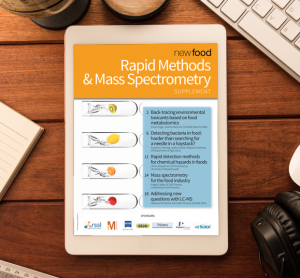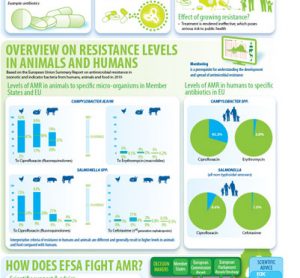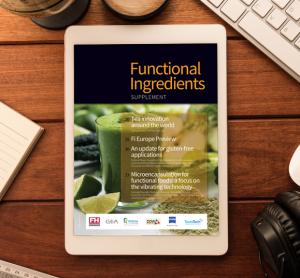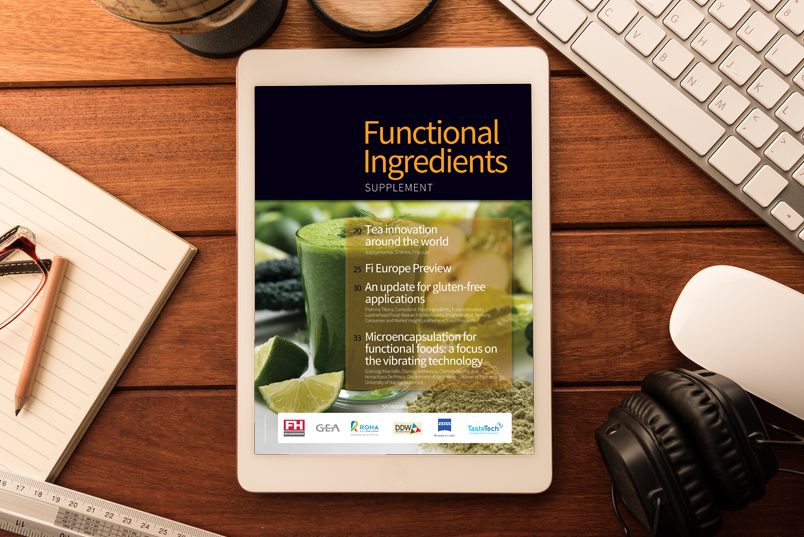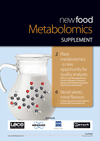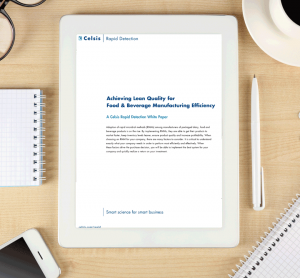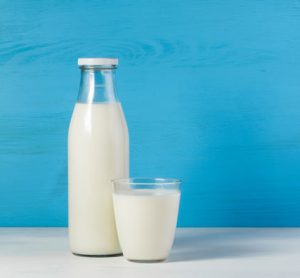Rapid Methods & Mass Spectrometry supplement 2013
Back-tracing environmental toxicants in an animal-derived food chain based on food metabolomics Detecting bacteria in food: harder than searching for a needle in a haystack? Rapid detection methods for chemical hazards in foods Mass spectrometry for the food industry



